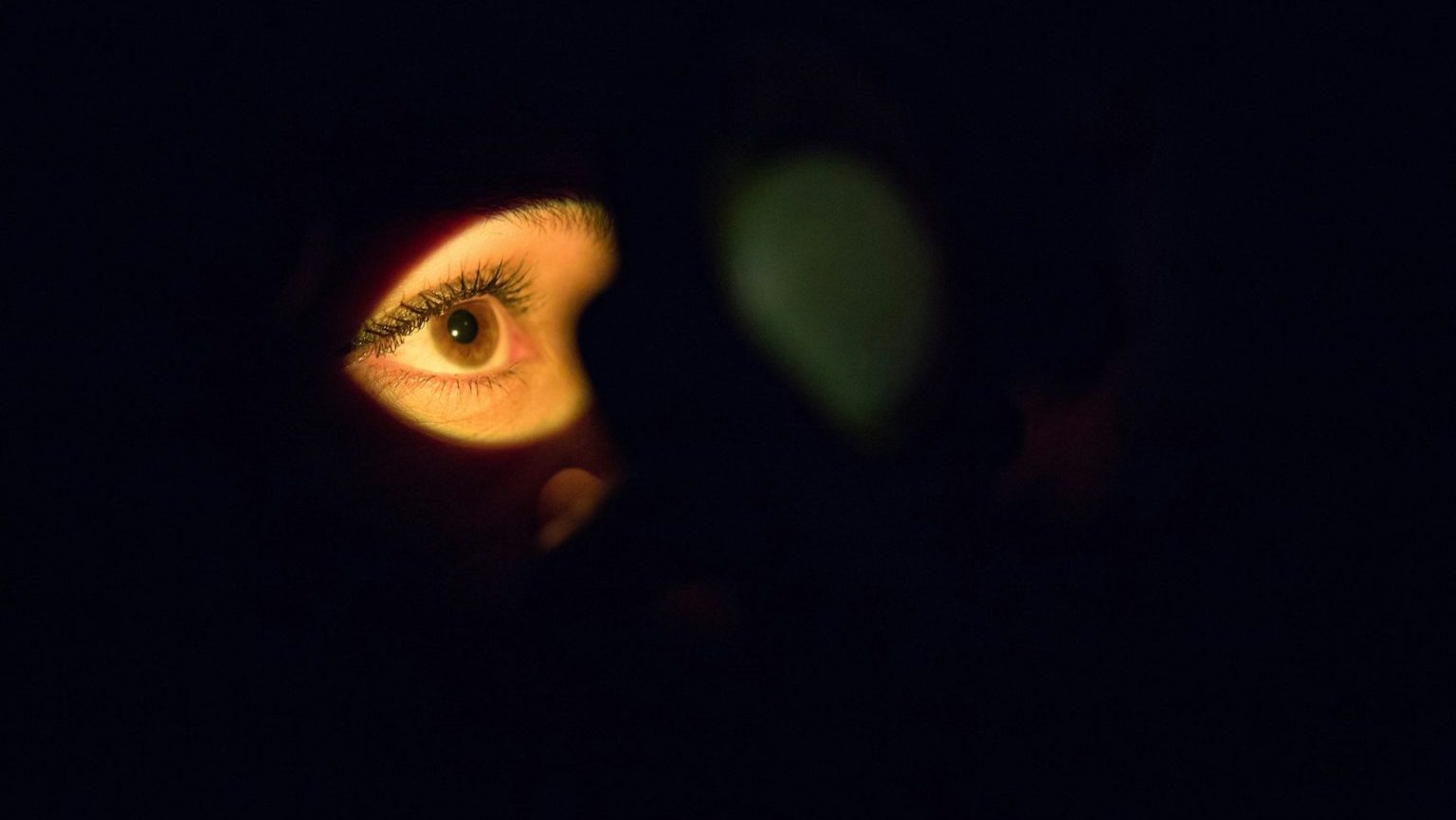Robert Rubino explains the less invasive alternative to the hysterectomy.
Question: Did you pioneer the Her Option technique?
Robert Rubino: No, I didn’t pioneer the technique, although I’ve done my own improvements into how the technique is done to where I enjoy great success. And for my own benchmark, I think now I probably do about ninety percent less hysterectomies than I did maybe five years ago which, you know, to me, that’s a real achievement. Even though you love to do surgery, I think a good surgeon is one who tells you when it’s time to operate and when it’s time not to operate.
Question: What makes Her Option unique?
Robert Rubino: Her Option comes under the category of what we call GEA which stands for general endometrial ablation which is destroying the lining of the uterus in somebody who’s done having children and it’s usually done for women who have heavy and painful periods. In the old days, we didn’t have a whole lot of techniques; it was either birth control pills, live with it or get a hysterectomy. There are other techniques-- I’ve kind of done them all-- in the category of GEA or general endometrial ablation. What I liked about the Her Option where I first came in contact with it about three or four years ago is that it’s done under direct visualization with an ultrasound machine and my particular wrinkle to it is that I use a 3D ultrasound machine so it really allows me to focus in on exactly where I want to place my probe and do the procedure. And then it uses ice where everything else uses heat or microwave and those techniques kind of destroy the tissue by sending energy into the tissue which always raises the specter of collateral damage. This works in reverse. It pulls energy away from the tissue using super cold ice at about minus a hundred degrees Celsius and it’s a natural anesthetic at the same time so there’s really very minimal pain involved, if any. And I know exactly where I am at all times because it’s not done blindly and I can see when I want to stop because again, with the 3D ultrasound, you could see where your probe is, where the ice ball is and then at the same time, create kind of CAT scan-type pictures to see where you’re at.
Question: What makes this procedure a better option than a hysterectomy?
Robert Rubino: Well, hysterectomy is at times exactly what somebody needs. What makes this a great alternative is that it’s an alternative and it’s much safer in the sense that it’s done, you know, right in my office or in any physician’s office, no general anesthesia, just essentially a little shot in the arm for pain relief prior to the procedure and some valium. And it takes about fifteen minutes and you’re done so there’s very little, if any recovery time. And the success rate’s pretty good and we define success as either elimination of the period or just making the period quite light and, you know, easy to deal with because most of these women, the trigger for the procedure is the period is disruptive in their life or it’s their perception that it’s excessively heavy. So I would say about a ninety percent success rate, which is great. You know, you’re saving ninety percent of people from going to a major operation and the complications therein. But, you know, there’s ten percent it doesn’t work on and plus there’s another significant percentage where they’re just not a candidate for the procedure.
Question: After treatment, does a woman still maintain her natural hormonal cycle?
Robert Rubino: It’s local therapy so it’s right at the lining of the uterus, the site of where a woman bleeds from on a monthly basis so it doesn’t touch the ovaries so it doesn’t interact with or disrupt the hormone cycle. So it won’t give an early menopause in the sense that hot flashes and things, although a lot of women won’t get their period anymore so I guess it would give you somewhat of a surgical-type menopause, but you still enjoy all the benefits of the hormones. And you bring up the issue of PMS which is interesting. One of the things I’m doing currently in my office is an ongoing study on the symptoms of PMS in women who have had the procedure done. And I haven’t published the data yet, it’s just right now my anecdotal experience has been that the PMS symptoms are improved or gone in a lot of these women. And my theory is is that the emotional component of PMS, “Gee, I have my period,” and that plays into the physiologic part of PMS. So the short answer is I think it does improve your PMS symptoms simply because you’re not getting your period, although I need to publish that data.
Question: What are the potential side effects of the Her Option procedure?
Robert Rubino: Well, in this case, you want Asherman syndrome or some semblance of that. In other words, the Asherman syndrome is a scarring of the uterus lining which that’s why we only do this for women who are done with childbearing because it would make it difficult to get pregnant again after scarring that uterus lining. So yes, that’s somewhat of an intended side effect. The other side effects, the most common is for the first three weeks after the procedure, women will have a watery, bloody discharge coming out and what that represents is the lining actually being sloughed for the final time because the freezing starts the process and then the body’s immune system completes it. And how it completes it is it creates an inflammatory reaction that scars over the uterus lining and that, you know, comes out over a three-week timeframe. What are the other side effects? Well, one I consider a side effect is failure of the procedure, so in about ten percent of women, it doesn’t do anything. Potential other side effects, uterine perforation is a potential side effect, although I can’t see how it would happen because you’re placing a kind of pencil-shaped probe into the uterus with a blunt tip and you’re doing it under direct visualization with the ultrasound. So while theoretically you could do that, with the visualization, obviously you wouldn’t go through because you’re watching. Other than that, that’s really been- the watery discharge which can be
expected is the most common side effect of the procedure and that goes away after three weeks.
Question: Is the treatment effective for women with fibroids?
Robert Rubino: Well, actually, no, it is effective, but not in all women with fibroids. It really depends on the size of the fibroids, their location. Actually the Her Option one is the only FDA procedure I believe approved for women who do have fibroids, but it’s a judgment call on the size of the fibroids and the location. I had done one procedure on a woman who had rather large fibroids that were- all of them were away from the uterus lining, which is if you’re gonna do it on somebody with fibroids, that’s ideal that the fibroids don’t press on the lining. And she had a lot of medical problems and she was not happy with the idea of having a hysterectomy so she actually came to me from Pennsylvania because she heard about the procedure. And I told her up front that I really didn’t know if it was gonna work, but she said, “If it only takes fifteen minutes, why not give it a try? What’s my downside?” essentially. So we did an extended freeze on her and that was about six months ago. After about forty days, she said she never had her period again. So that’s, you know, a gratifying success, somebody who really didn’t have the option of- well, not to make a pun, but she didn’t have the option of Her Option four or five years ago, and now, you know, we saved her and, you know, all her medical complications of diabetes, high blood pressure, things like that that she didn’t have to undergo the procedure.
Question: Are the psychological side effects of Her Option similar to a hysterectomy?
Robert Rubino: No, I think that notion is somewhat overstated even in women who have hysterectomy. In my clinical experience, most women who get to that point, because we always try to save hysterectomy for the ultimate last option, they’re kind of glad to be rid of it. So in general, with hysterectomy I see very little of that and I have not yet experienced that with Her Option and hopefully never will.
Question: Is Her Option a good idea for young women who no longer want to have their periods?
Robert Rubino: No, even if you told me you never want to have a child, you know, you’re sure of that, I just think you can’t know what your perspective is gonna be say in five or ten years so I wouldn’t do it on somebody in your age range who just wanted it for convenience. If you, at age thirty-five or forty, come to me and you have three or four children and you’re sure you’re not going to have more kids but your period is problematic to you or it is an inconvenience for you, I would do it, but you really have to adjust it to the individual patient. And a lot of these patients you know. You know, you’ve kind of grown up with your patients. You’ve known them for ten or fifteen years.
Recorded on: 04/29/2008





